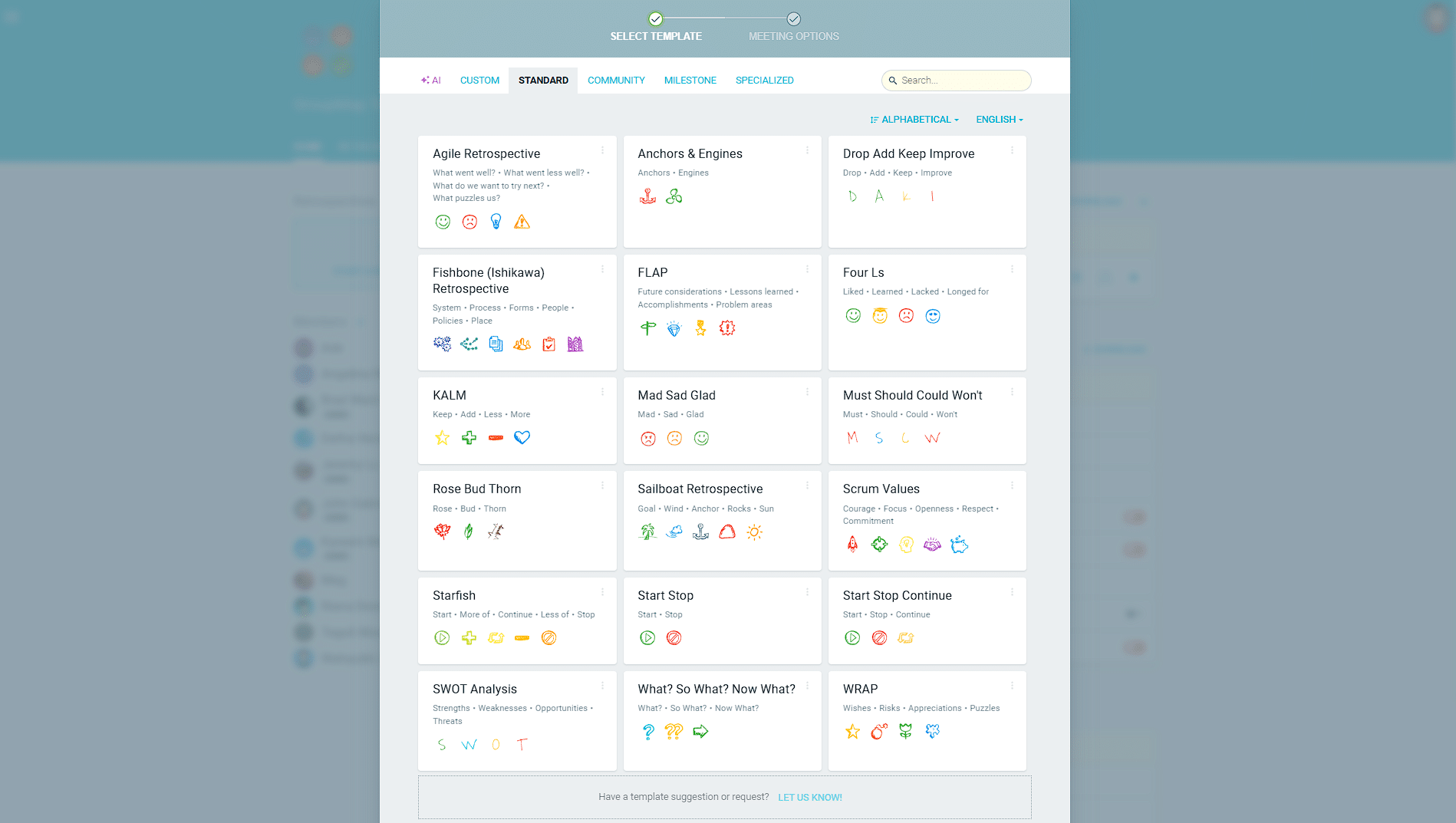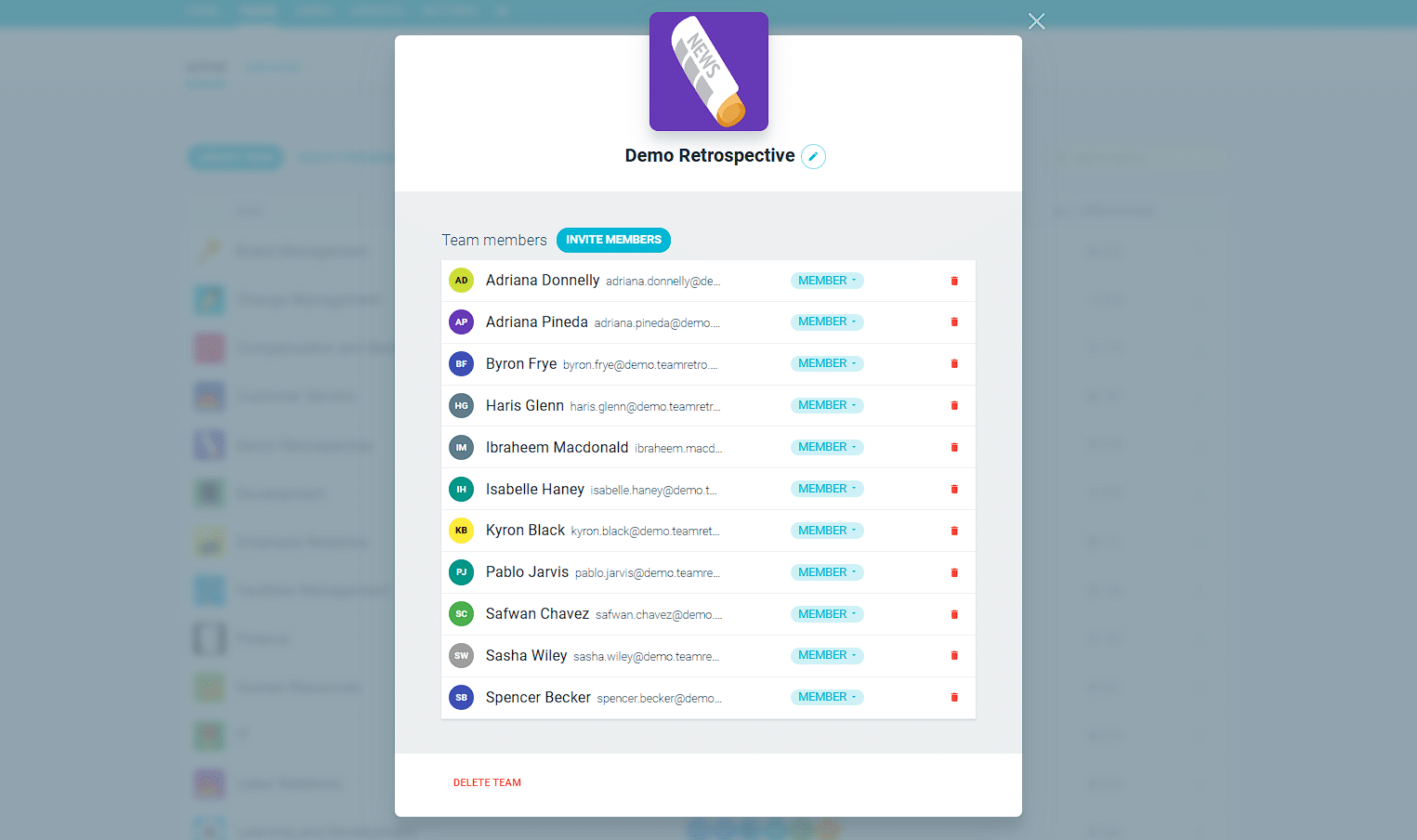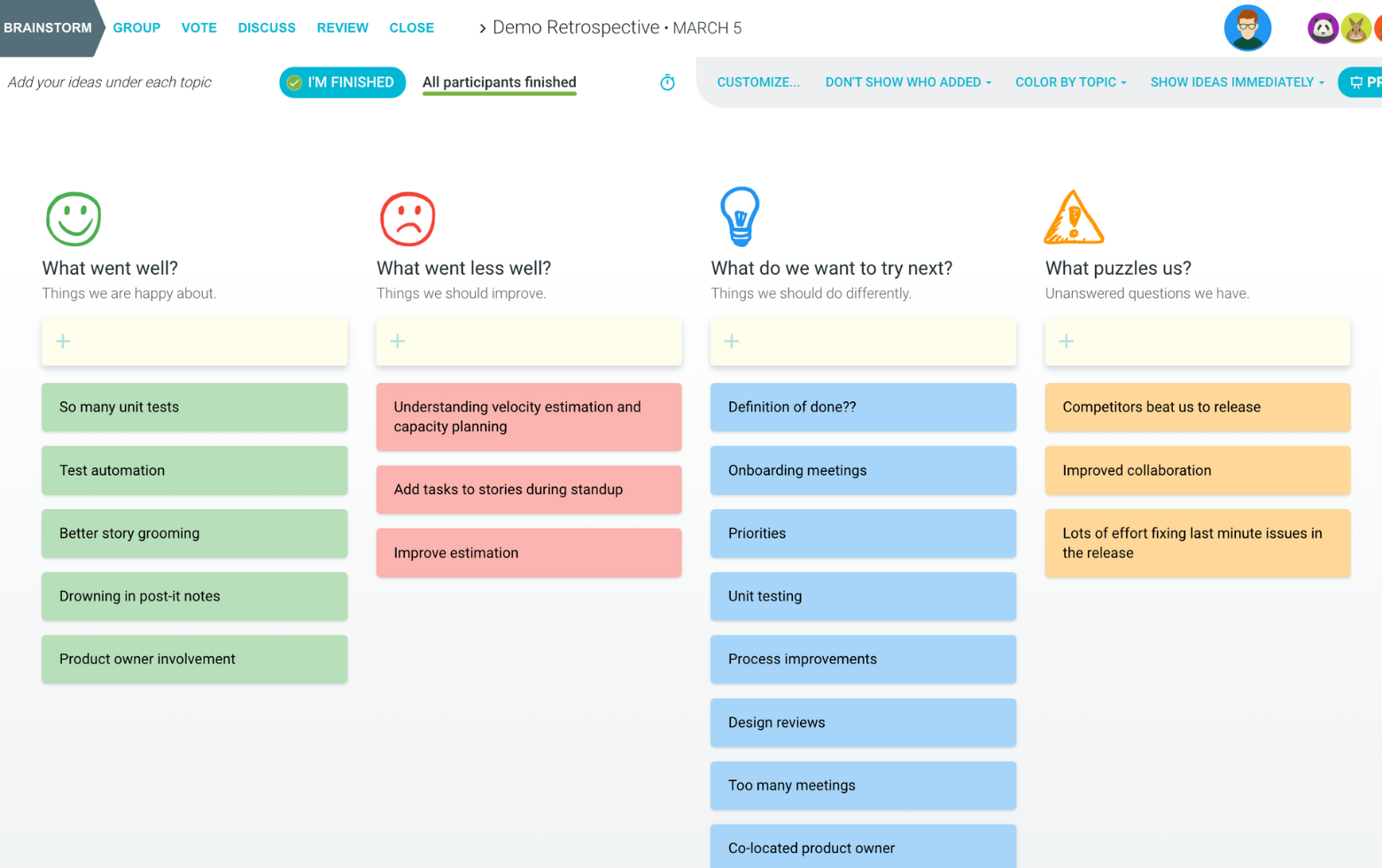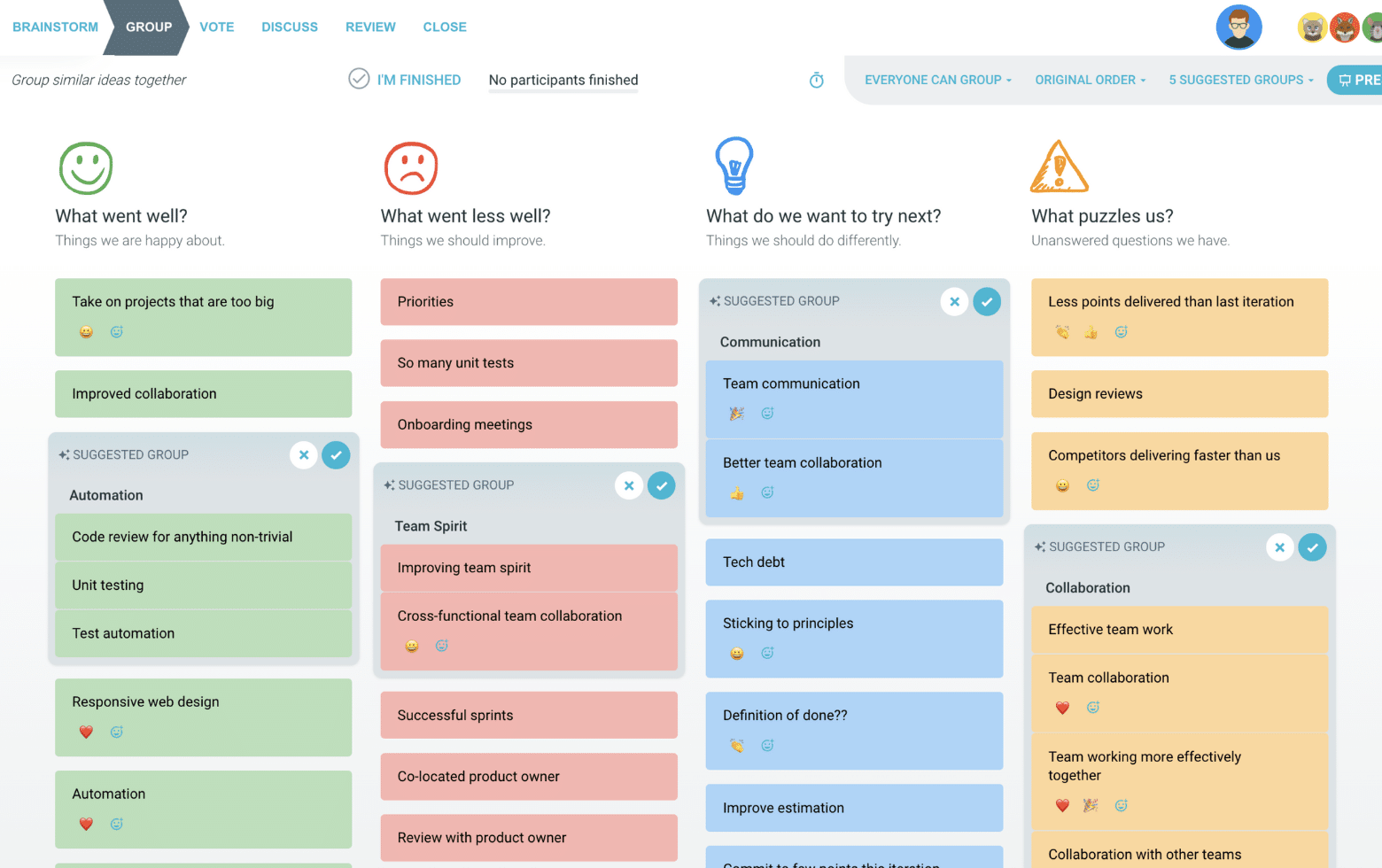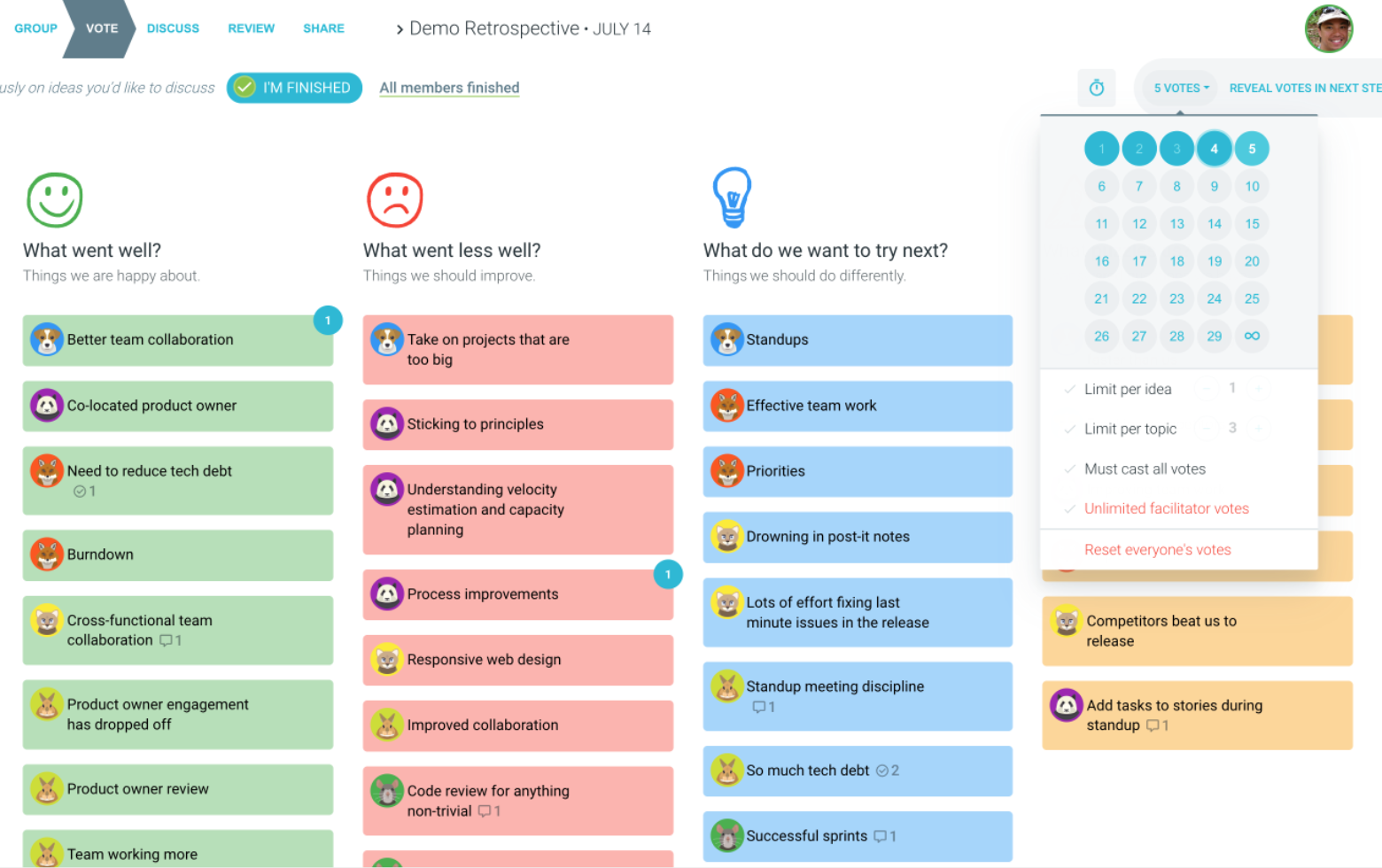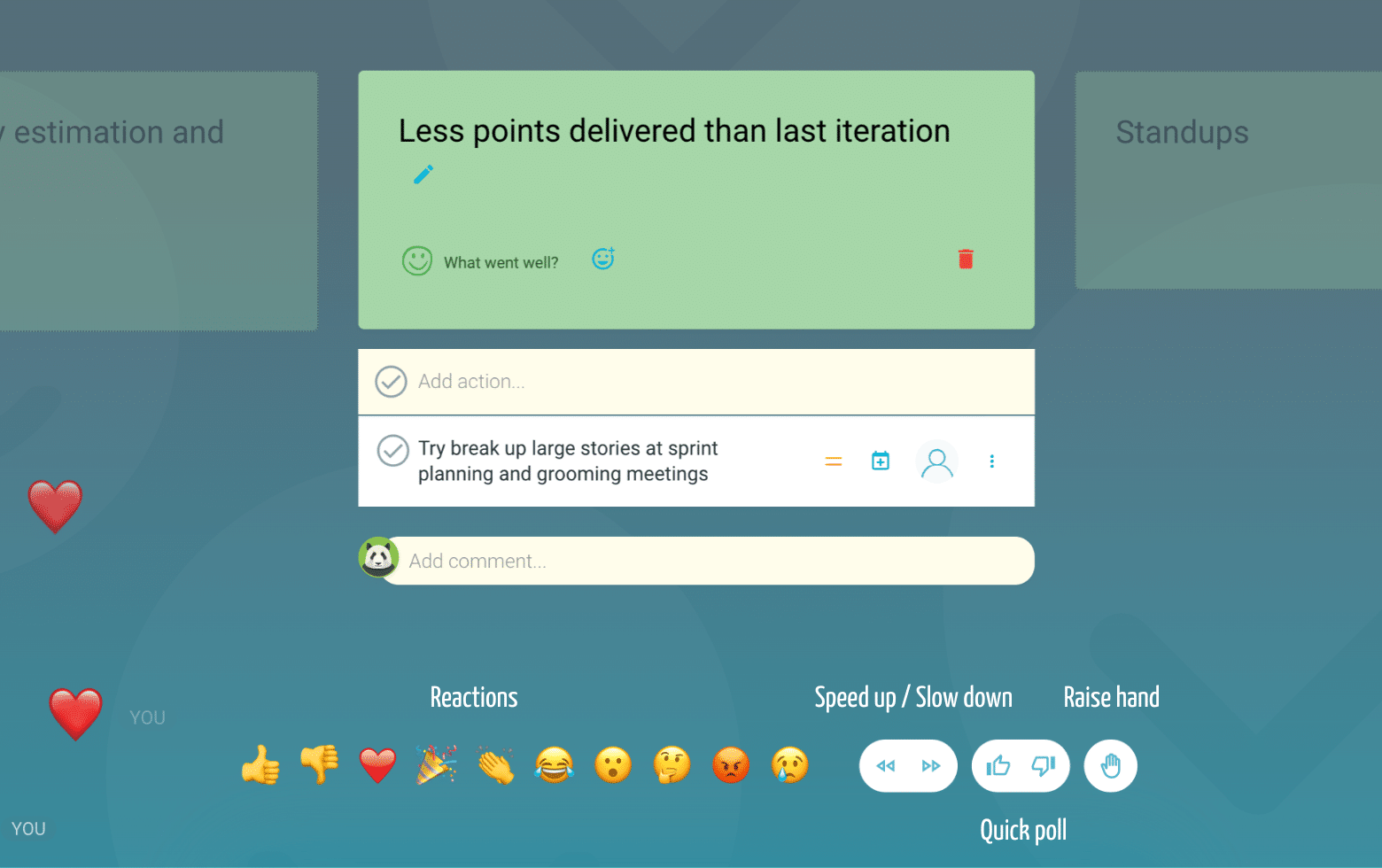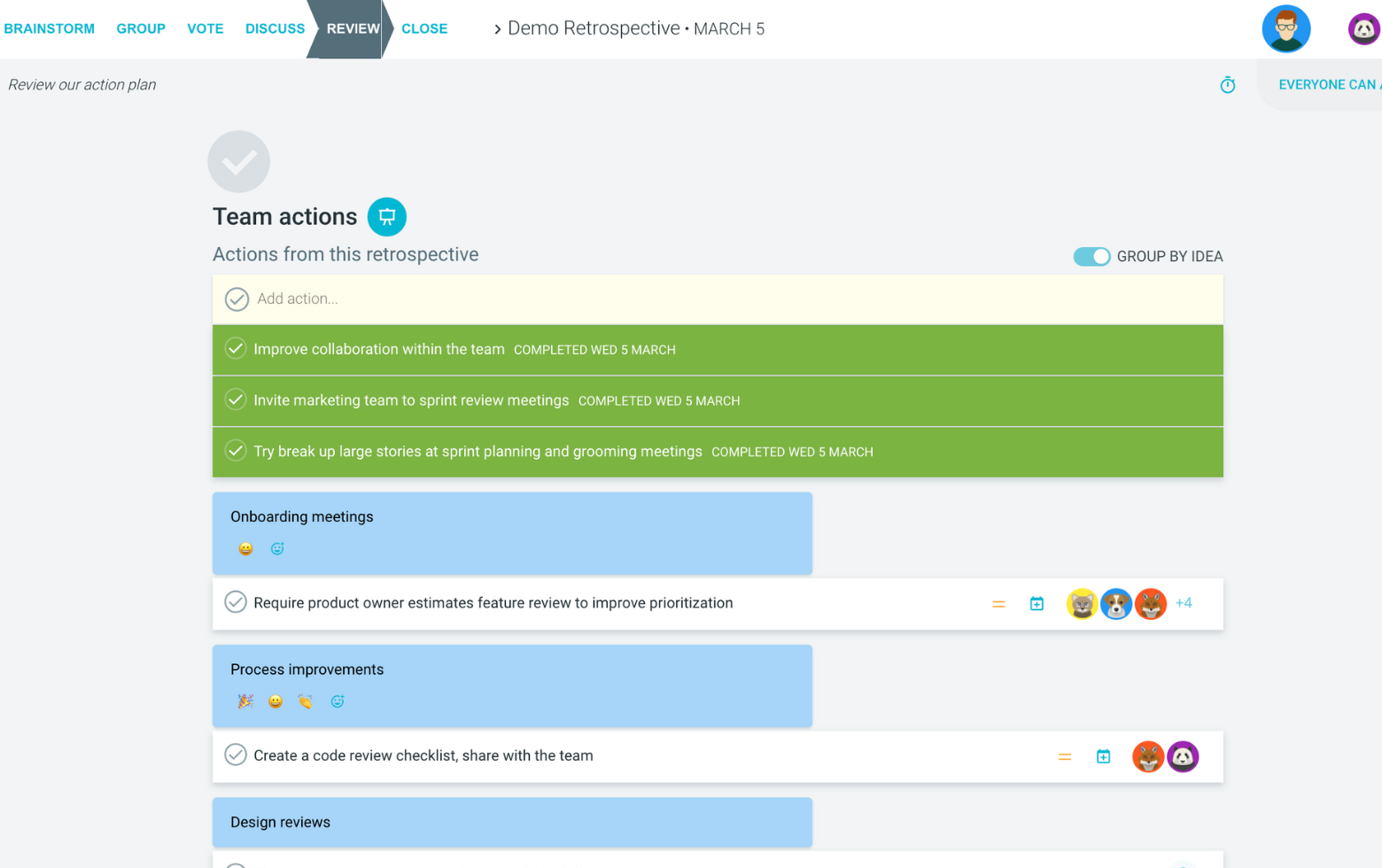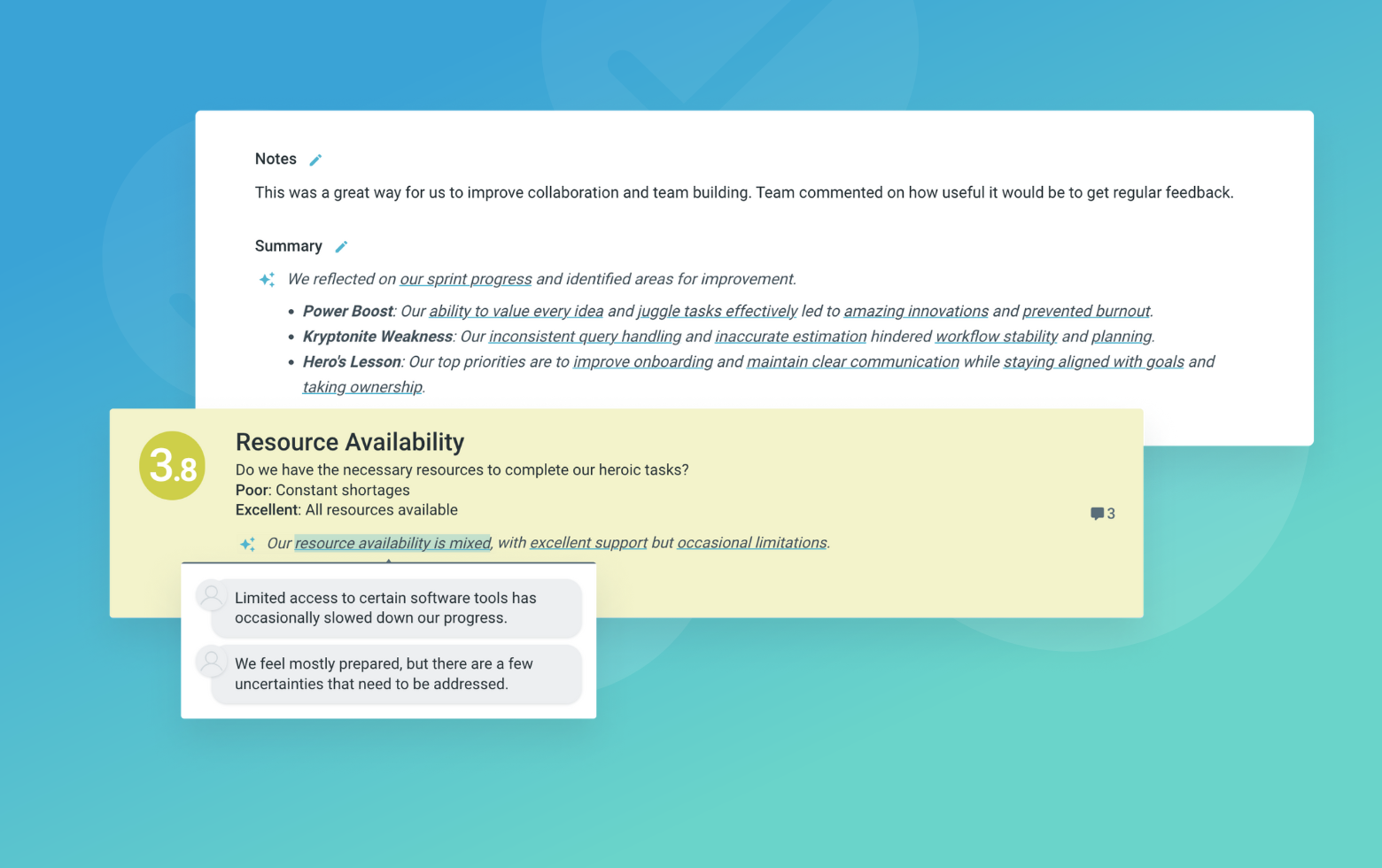A Go-To-Market Strategy Planning session is a collaborative meeting where teams align on the key elements required for a successful product launch. This includes defining target markets, positioning, pricing, promotion strategies, sales channels, and post-launch support.
The session aims to create a cohesive go-to-market plan that maximizes the product's potential for adoption and revenue generation. By involving cross-functional teams, it ensures that all aspects of the launch are considered and aligned with the overall business objectives.
This template provides a structured framework for teams to explore and discuss critical factors influencing the product's market entry, enabling them to make informed decisions and develop a comprehensive go-to-market strategy.
What is The Go-To-Market Strategy Planning
Target Market
Who are the ideal customers for this product?
Encourage teams to define specific customer segments based on demographics, psychographics, and behavior.
Positioning & Messaging
How should we position and differentiate our product?
Guide the team in crafting a clear and compelling value proposition that resonates with the target audience.
Pricing Strategy
How should we price our product for optimal adoption and revenue?
Encourage discussion on pricing models, competitive analysis, and balancing perceived value with profitability.
Promotion & Marketing
How can we effectively promote and market our product?
Encourage teams to explore various marketing channels, tactics, and campaigns to generate awareness and drive demand.
Sales & Distribution
How will we sell and distribute our product?
Facilitate discussion on sales channels, partnerships, and logistics to ensure efficient product delivery and customer support.
Launch Roadmap
What are the key milestones and timelines for our product launch?
Guide the team in creating a comprehensive launch roadmap, including dependencies, resources, and contingency plans.
Suggested icebreaker questions
- If our product was a celebrity, who would it be and why?
- Share a memorable product launch experience, either as a customer or a team member, and what made it successful or challenging.
Ideas and tips for your retrospective meeting
- Involve cross-functional teams, including product management, marketing, sales, and customer support, to ensure a holistic perspective.
- Conduct thorough market research and competitive analysis to inform your go-to-market strategy and differentiate your product.
- Align on clear objectives and success metrics to measure the effectiveness of your go-to-market efforts.
- Be prepared to adapt and pivot your strategy based on market feedback and changing customer needs.
- Ensure clear communication and alignment across teams to maintain consistency in messaging and execution.
- Continuously monitor and analyze performance data to refine your go-to-market strategy and optimize for better results.
.
How to run effective meetings with TeamRetro
Start Your Session in a Click
Log into TeamRetro and choose your template. Customise questions and the workflow to create your perfect retro for your team.
Create Your Team Easily – No Separate Accounts Needed
Brainstorm Individually – Free From Bias
Smart Grouping for Faster Insights
Fair, Flexible, and Fast Voting
Engage, React, and Capture Key Insights
Walk your team through ideas one by one with Presentation Mode. Stay in sync, spark real-time discussions, and capture feedback with comments, live reactions, and polls—all in one place.
Turn Ideas Into Action
Propose next steps with team buy-in, get AI-powered action suggestions, and keep everything in one place. Committed actions sync to your personal dashboard and integrate with your workflow tools—keeping you on track.
Save, Share, and Stay on Track
Get quick AI-powered summaries, add facilitator notes, and store retrospectives in your library for easy access. Schedule your next session and track published actions to keep your team accountable at the next retro.
Turn Team Data into Actionable Insights
Uncover trends, common themes, and key engagement metrics at a glance. Track sentiment shifts, analyze conversations, and monitor completed actions to drive continuous improvement.
